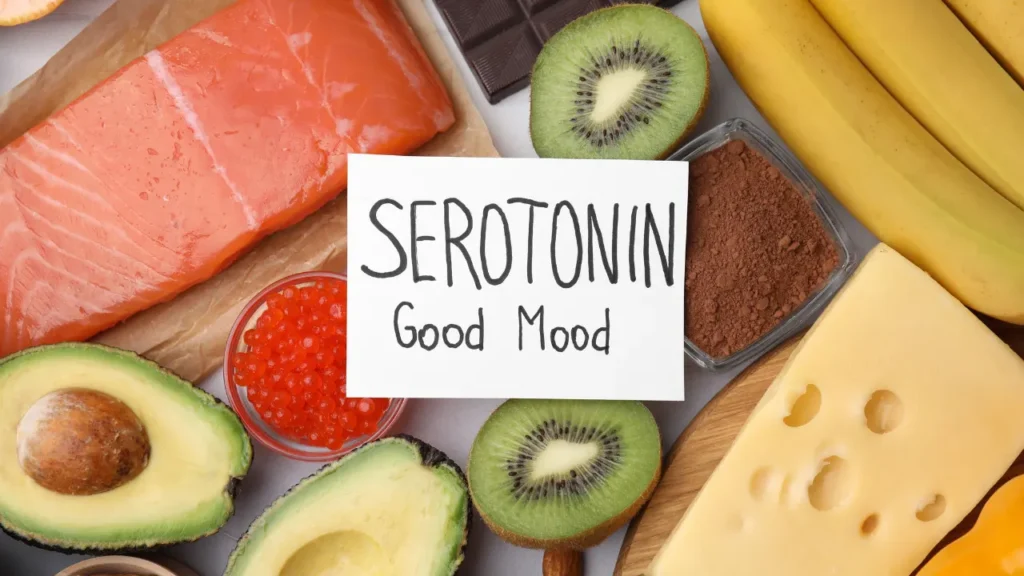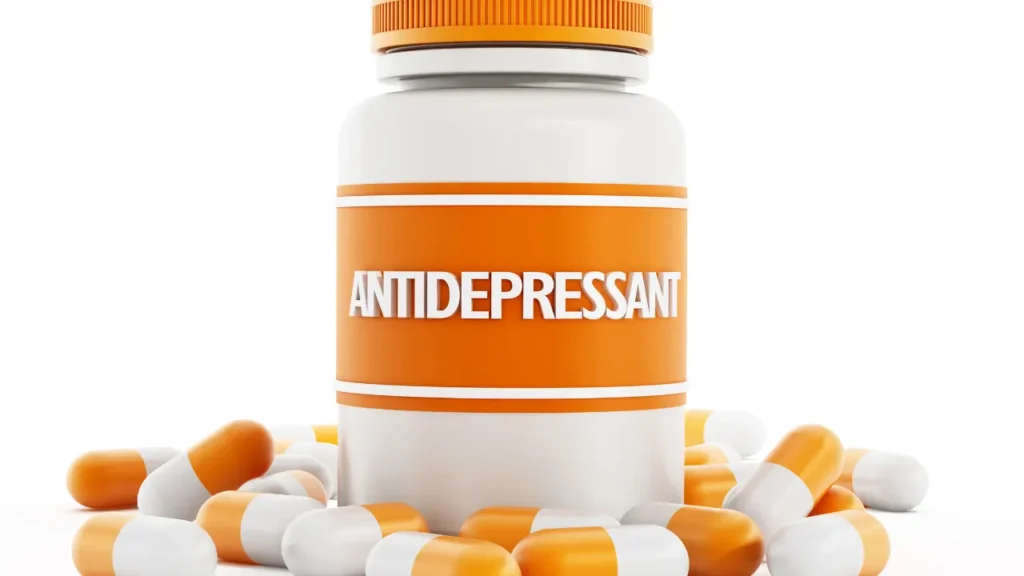In the human brain, phenylethylamine (PEA), a naturally occurring monoamine alkaloid, is a neuromodulator and neurotransmitter. In addition to being naturally created by the human body from the amino acid phenylalanine, it can also be found in trace levels in some fermented foods, such as chocolate, cheese, and other foods. The benefits of PEA have been researched for their positive impact on alertness, focus, and cognition. Before using this supplement, it is crucial to be aware of the ideal dosage, any possible adverse effects, and any possible drug interactions.
You May Also Like:
Dr Emil Nutrition Lion’s Mane Reviewed: A Leading Nootropic Mushroom Product
Horbaach Lion’s Mane Mushroom Extract Reviews: A Leading Herbal Nootropic Product
Phenylethylamine (PEA): Benefits, Dosage, Side Effects, Drug Interactions, And Other Important Information is an original (NootropicsPlanet) article.
Nature of Phenylethylamine (PEA)
Chocolate, cheese, and several fermented foods contain trace levels of the monoamine alkaloid phenylethylamine (PEA), a naturally occurring substance. Additionally, the human body spontaneously makes it from the amino acid phenylalanine. It belongs to the class of trace amines, which are biogenic amines with low molecular weights. PEA is structurally related to amphetamines and neurotransmitters such as dopamine, norepinephrine, and serotonin.
Health Benefits of Phenylethylamine (PEA)
- Mood Enhancement: Phenylethylamine acts as a neurotransmitter in the brain, modulating the release of dopamine and norepinephrine, neurotransmitters associated with pleasure, reward, and mood regulation. Increased levels of PEA may lead to feelings of euphoria, happiness, and well-being. As such, PEA supplementation or naturally elevated levels of PEA may have potential applications in improving mood and alleviating symptoms of depression and anxiety.
- Cognitive Function: Phenylethylamine has been implicated in cognitive function and mental performance. PEA may improve cognitive processes such as attention, focus, and memory by influencing neurotransmitter activity and enhancing dopamine levels. Some research suggests that PEA supplementation may improve cognitive function, particularly in tasks requiring sustained attention and mental clarity.
- Energy Boost: Phenylethylamine is involved in regulating energy metabolism and may contribute to increased energy levels and alertness. By stimulating the release of neurotransmitters such as dopamine and norepinephrine, PEA may promote wakefulness, motivation, and physical energy. This energy-boosting effect may be beneficial for individuals seeking improved productivity and vitality.
- Appetite Suppression: Phenylethylamine has been associated with appetite suppression and weight management. By activating the body’s “fight or flight” response and suppressing hunger signals, PEA may help reduce food cravings and calorie intake. This appetite-suppressing effect may support weight loss efforts and contribute to overall metabolic health.

Chemistry of Phenylethylamine (PEA)
PEA is a simple molecule having the formula C8H11N. It comprises a carbon-carbon single bond holding a phenyl group (C6H5) to an ethylamine group (CH3CH2NH2). This structure is responsible for its psychoactive properties and its ability to interact with neurotransmitter systems in the brain. Because PEA is chiral, it has two mirror-image forms (enantiomers) that function pharmacologically in different ways. The S-enantiomer of PEA is naturally found in foods and the human body, but the R-enantiomer is synthesized in a lab for research.
Physiological Mechanism of Action
Phenylethylamine (PEA) exerts its physiological effects primarily through its interactions with neurotransmitter systems in the central nervous system. As a trace amine and neuromodulator, PEA influences various neurotransmitters and neuronal pathways, contributing to its diverse physiological actions:
- Neurotransmitter Release: PEA modulates the release of neurotransmitters such as dopamine, norepinephrine, and serotonin in the brain. It enhances the release of these neurotransmitters from presynaptic nerve terminals, leading to increased synaptic transmission and neurotransmitter availability in the synaptic cleft.
- Dopaminergic Effects: PEA activates dopaminergic pathways in the brain, particularly in areas associated with reward, motivation, and pleasure. By enhancing dopamine release and receptor activation, PEA may produce feelings of euphoria, happiness, and reward, contributing to its mood-enhancing effects.
- Noradrenergic Effects: PEA also influences noradrenergic neurotransmission, which plays a role in arousal, attention, and stress response. By stimulating the release of norepinephrine, PEA may promote wakefulness, alertness, and cognitive function, enhancing mental clarity and focus.
- Trace Amine-Associated Receptor (TAAR) Activation: PEA activates trace amine-associated receptors (TAARs), a class of G protein-coupled receptors expressed in the brain and peripheral tissues. TAAR activation by PEA may modulate neurotransmitter release, neuronal excitability, and synaptic transmission, contributing to its neuromodulatory effects.
- Stress Response Regulation: PEA may influence the body’s stress response through its effects on neurotransmitter systems involved in stress regulation, such as the hypothalamic-pituitary-adrenal (HPA) axis. By modulating stress hormone levels and neuronal activity, PEA may help regulate the body’s response to acute and chronic stressors.

Optimal Dosage of Phenylethylamine (PEA)
Due to the paucity of studies on PEA, it is difficult to determine the ideal dosage. However, several studies have employed daily doses split into two or three, ranging from 500 to 1500 mg. Given that more significant doses could have adverse consequences, beginning with a modest dose and gradually increasing it is crucial.
Side Effects of Phenylethylamine (PEA)
PEA may have certain adverse consequences, especially when taken in high dosages. These symptoms can include tension headaches, motion sickness, nausea, a faster heartbeat, and high blood pressure. PEA may potentially interact with other drugs, notably those that change the brain’s levels of monoamine neurotransmitters. Before using PEA, it’s vital to speak with a doctor, especially if you’re on any drugs or have any underlying medical issues.
Potential Substance Interactions with Phenylethylamine (PEA)
PEA may interact with other drugs, especially those that modify the brain’s levels of monoamine neurotransmitters. These consist of stimulants, nootropics, and antidepressants. Taking PEA along with these medications should be avoided as it may raise the possibility of negative consequences.

Best Responsible Uses of Phenylethylamine (PEA)
A nootropic substance called PEA may improve mental clarity, attention, and alertness. Before ingesting this supplement, it is crucial to know the ideal dosage, possible adverse effects, and possible drug interactions. Before taking PEA, you should also speak with a healthcare provider, especially if you are already taking any drugs or have any underlying medical concerns. It is advised to start with a modest dose of PEA and gradually increase it, as well as to avoid taking it with other medications that can interfere with it. Additionally, taking PEA precisely as directed is critical, and usage should cease if adverse side effects appear.
Phenylethylamine (PEA):
Conclusion
PEA is a fascinating compound with potential health benefits supported by scientific research and physiological understanding. Often referred to as the “love molecule” or “feel-good neurotransmitter” due to its association with feelings of euphoria and pleasure, its precise role in mood regulation and cognition is still being studied. Research suggests that abnormalities in PEA metabolism or neurotransmitter systems may be associated with certain psychiatric disorders such as depression, bipolar disorder, and attention-deficit/hyperactivity disorder (ADHD).
PEA represents an intriguing compound with potential applications in mood enhancement, cognitive function, energy metabolism, and appetite suppression. Further research is needed to elucidate its mechanisms of action and potential clinical applications fully. Additionally, individual responses to PEA supplementation may vary, and caution should be exercised, particularly for individuals with certain health conditions or those taking medications.

References:
- Phenethylamine. Link: https://en.wikipedia.org/wiki/Phenethylamine
- Effects of β-Phenylethylamine on Psychomotor, Rewarding, and Reinforcing Behaviors and Affective State: The Role of Dopamine D1 Receptors. Link: https://www.ncbi.nlm.nih.gov/pmc/articles/PMC8430604/
- Phenylethylamine (PEA) – Uses, Side Effects, and More: Link: https://www.webmd.com/vitamins/ai/ingredientmono-1274/phenethylamine-pea
Important Note: The information contained in this article is for general informational purposes only, and should not be construed as health or medical advice, nor is it intended to diagnose, prevent, treat, or cure any disease or health condition. Before embarking on any diet, fitness regimen, or program of nutritional supplementation, it is advisable to consult your healthcare professional in order to determine its safety and probable efficacy in terms of your individual state of health.
Regarding Nutritional Supplements Or Other Non-Prescription Health Products: If any nutritional supplements or other non-prescription health products are mentioned in the foregoing article, any claims or statements made about them have not been evaluated by the U.S. Food and Drug Administration, and such nutritional supplements or other health products are not intended to diagnose, treat, cure, or prevent any disease.


